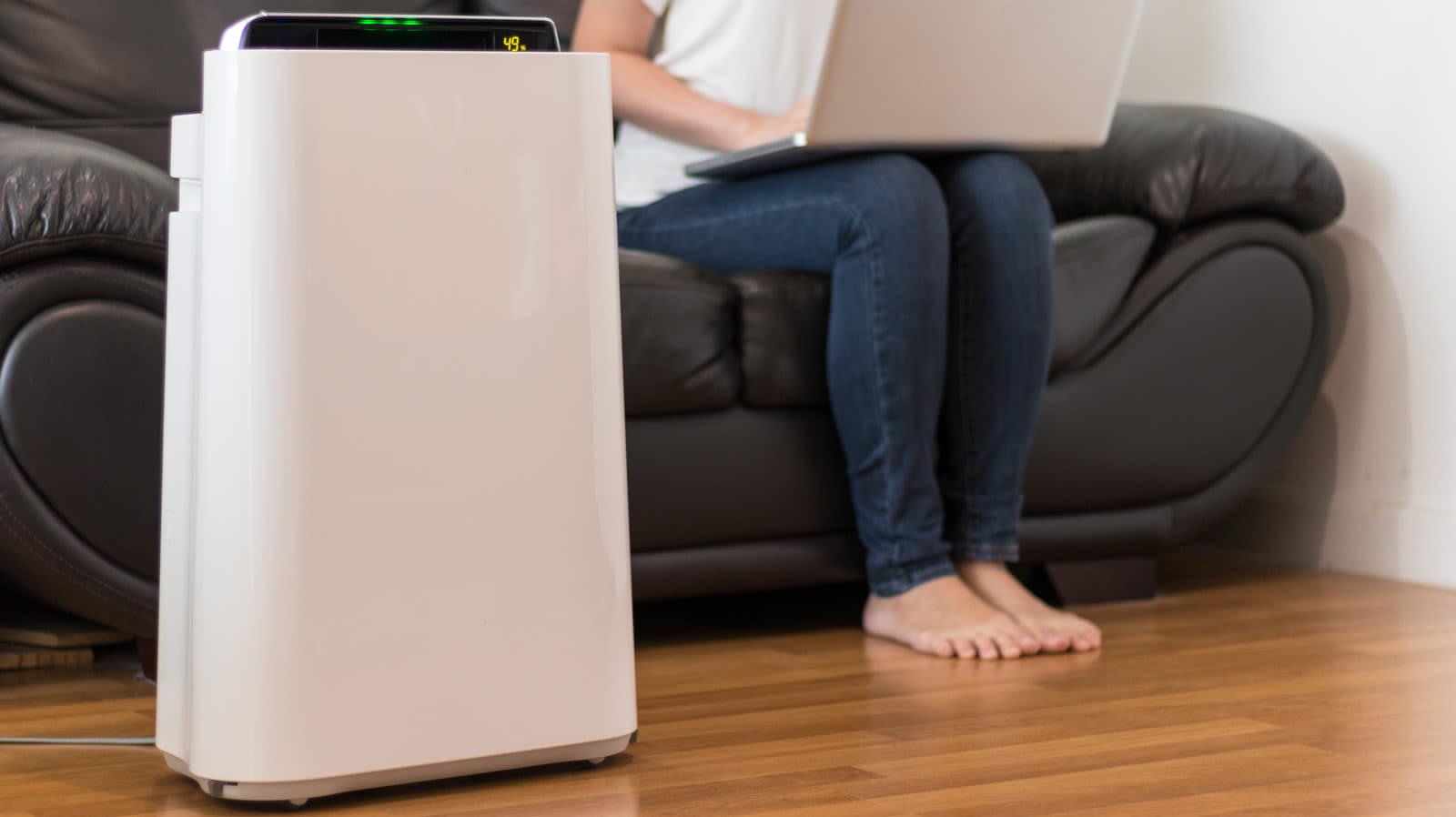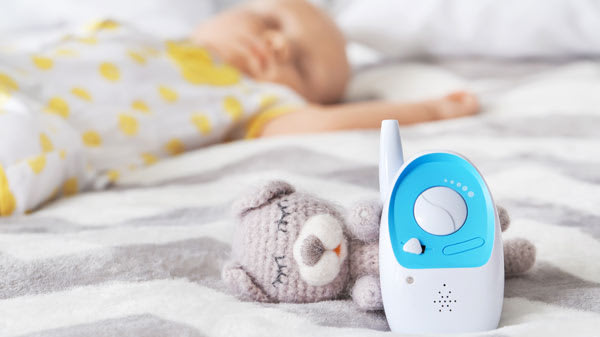How to choose the best dehumidifier for your home?
A quick and practical guide to choosing the best dehumidifier for your home.

The United Kingdom is quite a humid country, especially during the rains. When winter starts, the saga to control humidity also starts and, often, it is common to wake up and see the walls of the room wet. High humidity ends up creating a conducive environment for the appearance of mold that can be harmful to health. If you have a baby, this little being is still developing the body's natural defenses and sleeping in a place with a lot of humidity can bring discomfort and worsen allergies.
How does a dehumidifier work?
Dehumidifiers work by circulating cold air, either through a compressor or thermoelectric converters (Peltier technology), for example, which cause condensation and the consequent removal of water vapor present in the air, thus reducing the relative humidity of the environment.
The condensed water accumulates in a removable container that will need to be drained when it is full. Dehumidifiers have sensors to warn when the container is full and there is no risk of overflow.
It is also possible to install a continuous drainage hose, so that the water flows to another disposal site through the hose, without the need to use the water accumulation container.
Do desumidificadores use a lot of energy?
In short, the final consumption depends on the power of the equipment and the hours and conditions of use. However, to get an idea, a medium-sized dehumidifier (for an area of 20 m²) with 400W of power, turned on for 4 hours a day, will result in a monthly consumption of 48 kWh, or € 7.68 if we consider the cost of the kWh of € 0.16. You can check how much you pay for kWh in your energy bill.
How to choose the ideal dehumidifier?
In general, dehumidifiers differ by four characteristics: capacity, efficiency, design and cost.
Moisture extraction capacity
Measured in litres. Refers to the maximum amount of water that can be removed in 24 hours in an environment with 80% humidity and temperature of 30 degrees. This value is the result of a laboratory test. The most common capacities are: 12, 16, 20 or 35 litres.
This does not mean that your dehumidifier will remove this volume of water from your home every day. The total volume of water removed depends on the relative humidity, the sealing of the environment (doors or windows must be well closed), the circulation of people, the furniture and materials found in the dwelling, among other factors.
Before choosing yours, you need to know the size of the area you will be dehumidifying. This way, you can choose a water extraction compatible appliance, otherwise it will not be efficient.
What is the ideal extraction capacity?
For a 10 square meter room, for example, we recommend dehumidifiers with a capacity of 16 to 20 liters, because it will have a good water reservoir capacity. Thus, you will need to empty the water reservoir less often. For larger rooms and environments, we recommend equipment with 20 to 35 liters capacity.
The greater the extraction capacity, the greater will be your reservoir, that is, you will need to remove the water compartment less often. If you intend to dehumidify smaller areas, the 10 to 12 liter ones are enough.
Tank Capacity
It is also measured in liters. This value refers to the total volume of the tank that is used for the accumulation of water removed from the environment.
For use in a room or in a room, it is recommended to purchase a dehumidifier with a tank of at least 4 liters, to avoid the need to empty it more than once a day.
Noise level
Measured in decibels (dB), it represents the volume of the sound emitted by the equipment in operation. For comparison, a normal conversation has 60 dB.
For use in the bedroom during sleep, it is recommended to use equipment with a noise level of up to 45 dB. In other environments, one can use equipment with a noise level of up to 50 dB. However, in any situation, the lower the noise level, the better.
Functions and features
Generally, dehumidifiers have a mode for selecting the desired humidity, the humidostat. In this mode, the equipment turns on and off automatically to maintain the desired humidity level.
In addition, they have a continuous operation mode, which keeps the equipment turned on until the reservoir is completely full. This mode can be used to dry clothes inside the house, for example.
Other equipment also has a silent mode and promises quieter operation using this function, but it is not always that different. From personal experience, we can say that even with this function enabled, the noise from the compressor is practically the same. The only difference is a reduction in the speed of air circulation, which reduces the total noise a little, but often makes little difference.
It may also have a timer, which will allow you to leave it turned on for the number of hours specified and is also a way to save energy.
If you intend to use the dehumidifier in more than one environment, it is important that it has wheels or handles to facilitate handling.
If you're interested in buying a dehumidifier, make sure to check out our list of best dehumidifiers.




